
For those who just tuned in, I’m using Louella Parsons’ May 15, 1944, item on Rouben Mamoulian being replaced as director of “Laura” to take a meandering look at the making of the film.
We have been focusing on a series of eight stories sold to the studios by “Laura” novelist Vera Caspary, starting with “Suburb,” which was made as “The Night of June 13” (1932), and ending with this film, “Scandal Street” (1938), that were variations on the same plot — “a murder story without a murder” in Caspary’s words, although that description isn’t entirely true, as we saw with “Private Scandal” (1934) and will see in “Scandal Street.”
Although “Laura” is not precisely “a murder story without a murder” it comes close. Instead of the wrong cause of death as in “Suburb,” “Laura” has the wrong victim. In “The Night of June 13” and “Such Women Are Dangerous” (1934), a suicide is mistaken as a murder. In “Private Scandal,” the murder of a character planning to commit suicide is mistaken for a suicide. (Got that?) And in all four movies, authorities have the wrong suspect, as one would expect in a murder mystery.
According to Caspary’s autobiography, her stories were so similar that Paramount told her to knock it off because it was worried about a plagiarism suit, which was a valid concern as she had sold one of the stories to Fox for “Such Women Are Dangerous” (1934).
The Making of “Laura” Part I | Part II | Part III | Part IV | Part V | Part VI | Part VII | Part VIII | Part IX
Spoilers ahead
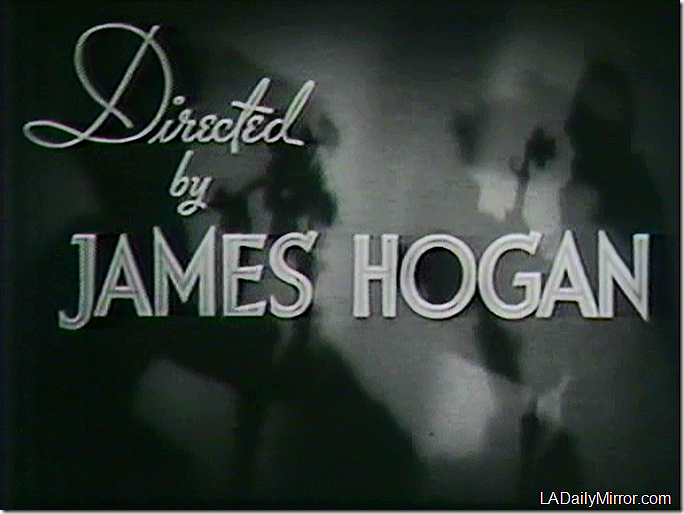
“Scandal Street” was directed by James Hogan, who began in silent films and handled a string of Bulldog Drummond and Ellery Queen movies. Hogan died Nov. 4, 1943, at his home in Van Nuys and in one of the odd quirks of fate, the emergency crew that tried to revive him had just come from an unsuccessful attempt to save Lou Costello’s son, according to The Times.
The film opened in Los Angeles in February 1938 at the Orpheum in a double feature with “Spy Ring” in a bill that included a live show. As far as I can determine, The Times didn’t review the movie. The New York Times called it “a B-plus melodrama,” and said “as small-town profiles go, this is as definitive as the next, with penetrating sidelights on the weekly bridge nights, the children’s dancing school, amours and civic pride.”
The New York Sun of Feb. 4, 1938, said:

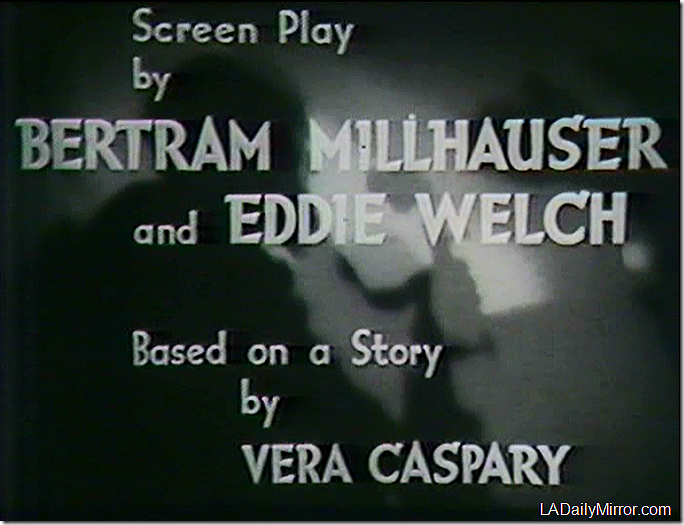
The film was based on a Caspary story that imdb.com identifies as “Suburb,” although there are enough differences to raise the question of whether there was another story. Caspary says nothing about this film in her autobiography “The Secrets of Grown-Ups” and nothing in the finding aid to her archives sheds any light on the question.
The screenplay was by Bertram Millhauser, whose credits include “The Perils of Pauline” (1914), a number of Westerns and Sherlock Holmes and Nick Carter mysteries, ending with 1950s television scripts. The film also credits Eddie Welch, who seems to have specialized in writing additional dialogue.
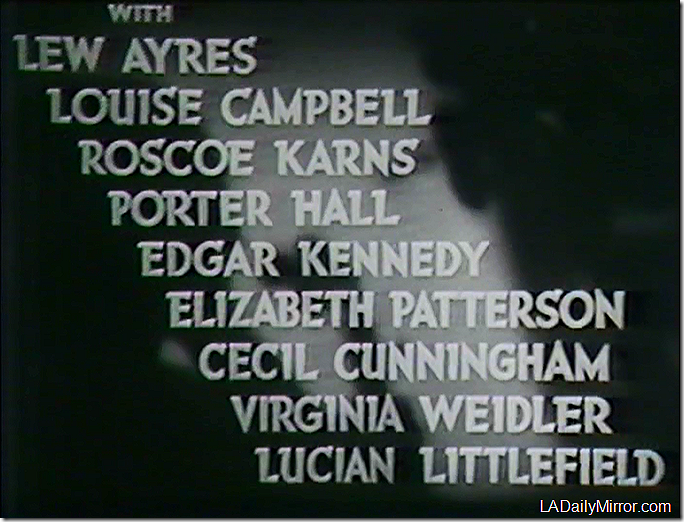
As with “Private Scandal,” the cast list is misleading as the movie is an ensemble piece. Lew Ayres is the leading man, but he is missing for 30 minutes out of a 62-minute picture, returning at the end to clear his fiancee, librarian Nora Langdon (Louise Campbell), of murder. A librarian accused of murder? Oh my.
The film opens in the big city, but merely for contrast with Midburg, where the action takes place. Midburg is a small town populated with the stock characters of 1930s comedies that we saw in “The Night of June 13” and in almost every W.C. Fields film ever made: Bratty kids, henpecked husbands and snooty, gossiping small-town matrons.
This time, the stock characters are augmented by Jan Duggan, who was Cleopatra Pepperday in “The Old-Fashioned Way” and was a regular in the cast of “The Drunkard,” the melodrama that had a long run in Los Angeles. As artsy dance instructor Vera Veazy or Veazey (the film spells it both ways), Duggan inflicts “culture” on the town’s loud-mouthed, annoying children, notably Carl “Alfalfa” Switzer.
Here is the very thin plot, stripped of most of its extraneous characters.
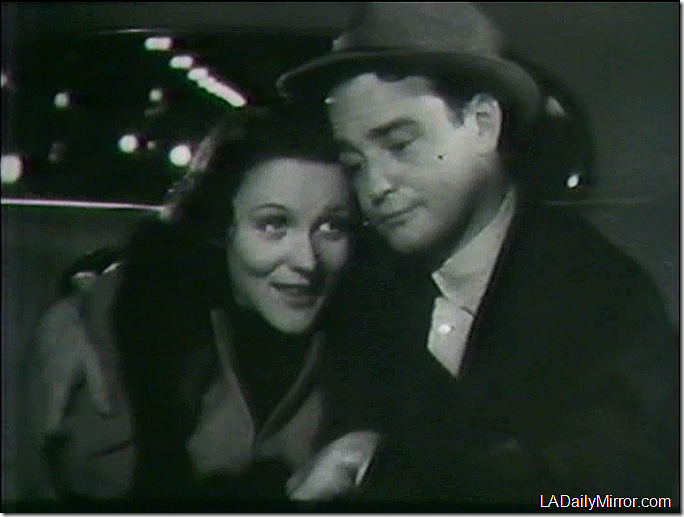
Young lovers Nora Langdon (Louise Campbell) and Joe McKnight – McKnight, get it? (Lew Ayres) must say goodbye for six months. Joe is heading off to some remote jungle and the boss has promised him that if he is successful, he will be promoted and won’t have to travel anymore, so he and Nora can finally get married. The farewell is especially sad for Nora, because in addition to Joe’s departure, she is being sent to little old Midburg to set up a library.
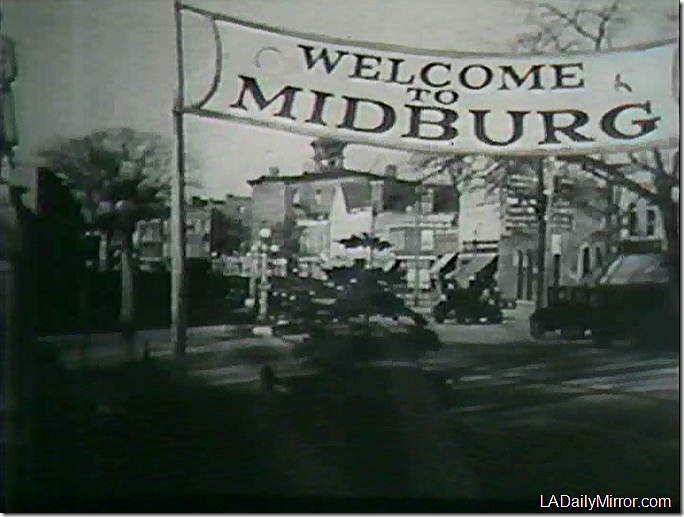
Midburg is exactly what you would expect. And Nora takes a room with…
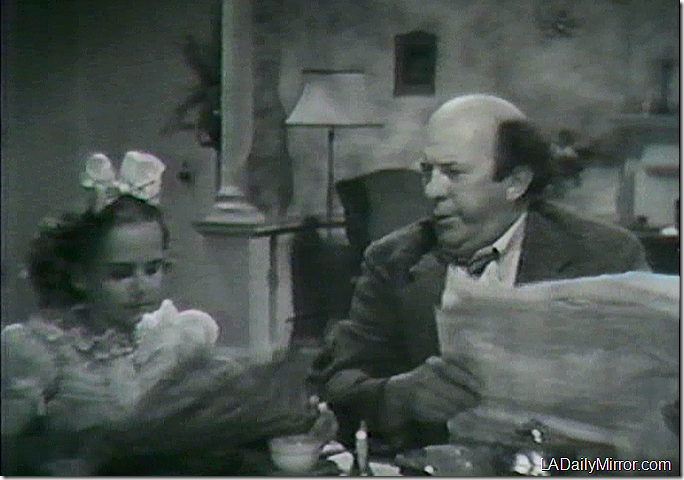
Henpecked husband Daniel Webster Smith (Edgar Kennedy) and bratty kid Marilyn Smith (Lois Kent in her last film).
Meet this missus, Ada Smith (Elizabeth Patterson).
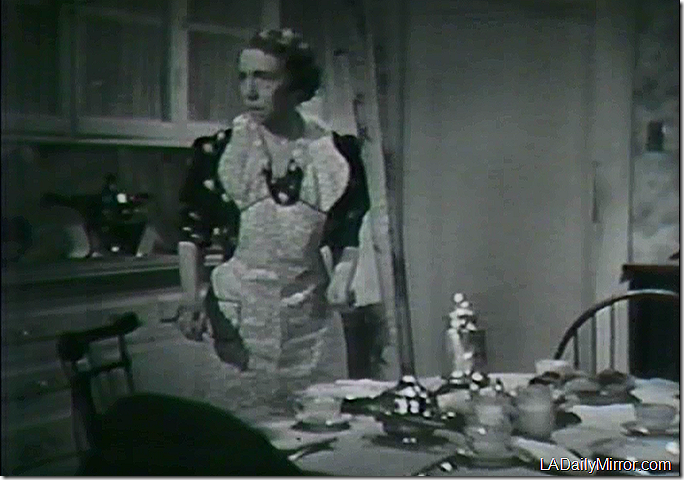
Nora falls into the clutches of the neighborhood masher…
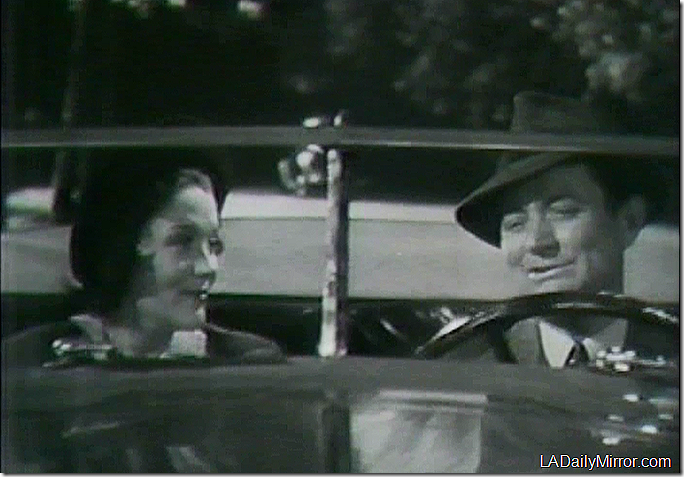
Why if it isn’t flashy, fast-talking Austin Brown (Roscoe Karns).
There’s nothing illicit between Nora and Austin, who is married to the wealthy Birdie Brown (Esther Howard) but the neighbors talk and the gossip gains momentum through a series of improbable incidents that are innocuous, but set tongues wagging.
Did I mention the irrelevant background characters? Here are just a few of them.
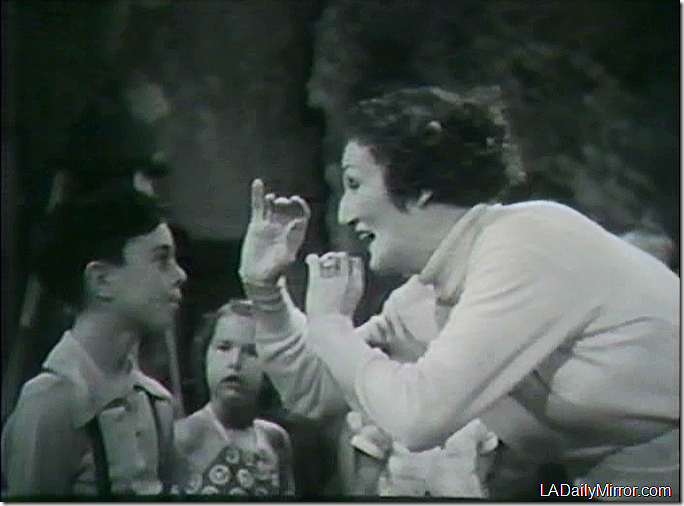
Carl “Alfalfa” Switzer with Jan Duggan as dance teacher Vera Veazy or Veazey – the film has it both ways . He hates dancing and would rather play football than the violin.
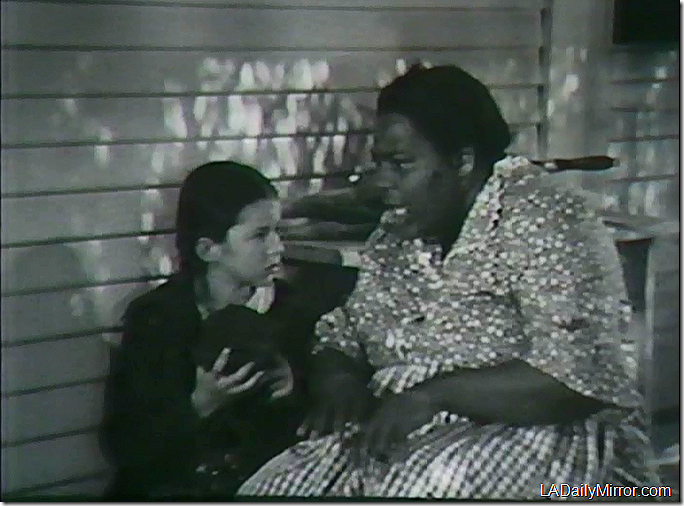
Clairce (Louise Beavers) teaches Wilma “Willie” Murphy (Virginia Weidler) how to cast a voodoo death spell. This actually has a plot point because Willie casts a voodoo death spell on her mother’s suitor, James Wilson (Porter Hall), who is cooking up a money-making scheme with Austin.
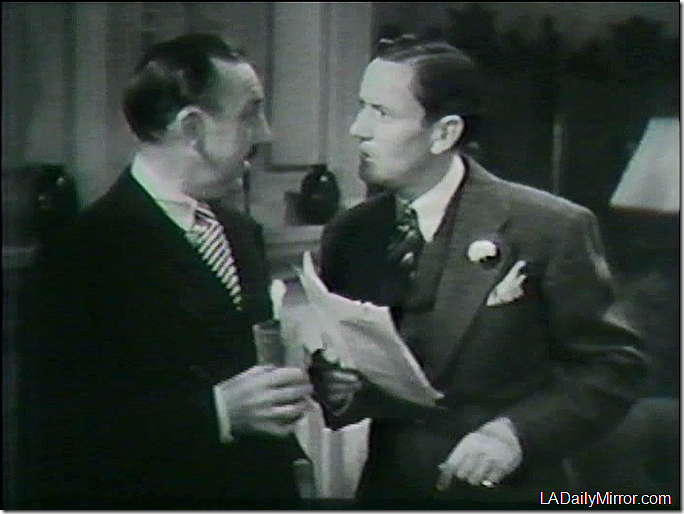
James (Porter Hall) and Austin have a plan to get rich.
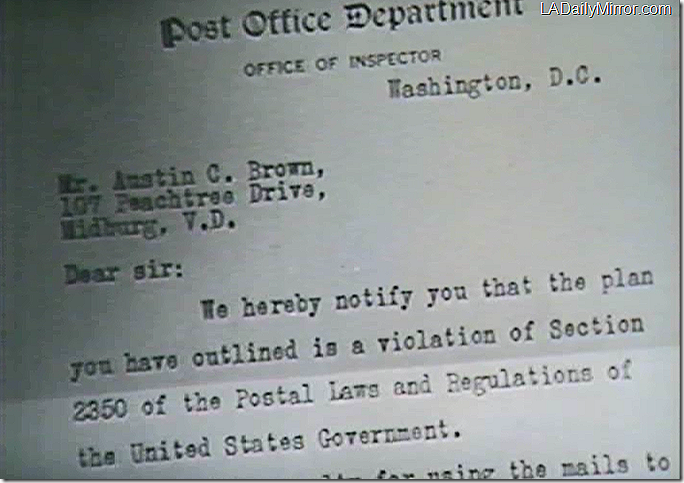
But Austin gets nervous when the Post Office warns that their scheme is illegal.
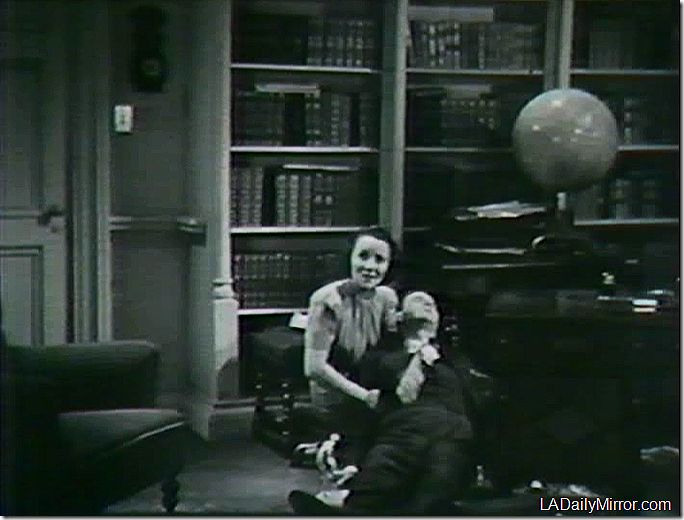
Nora finds the very dead Austin just in time to be discovered by his wife …

Birdie (Esther Howard), who assumes the worst.
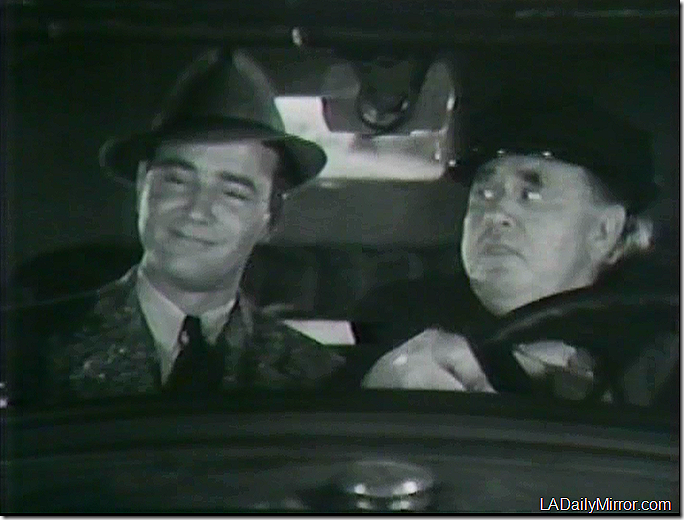
Joe McKnight arrives in Midburg to find Nora accused of killing Austin.
The film ends in a quasi-legal proceeding, but instead of courtroom trial, it’s a hearing held at a home.
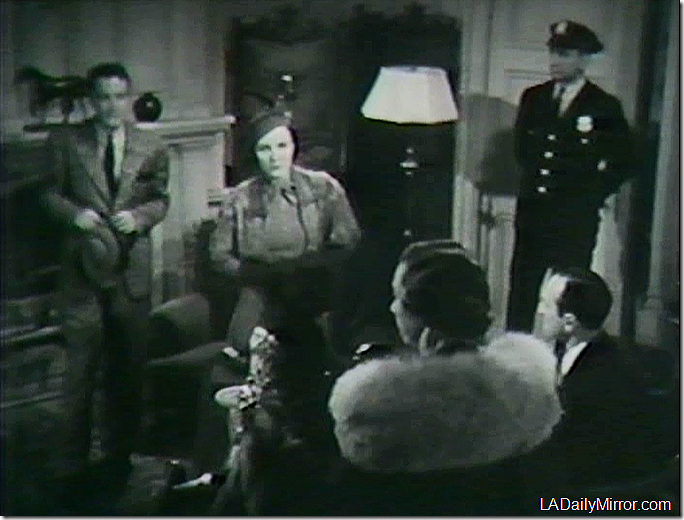
And after “The Night of June 13,” “Private Scandal” and “Such Women Are Dangerous,” we know where this is going…. All our minor characters implicate poor old Nora until we have…

… the surprise witness. This time it’s Wilma “Willie” Murphy (Virginia Weidler), who tells Joe what she saw.
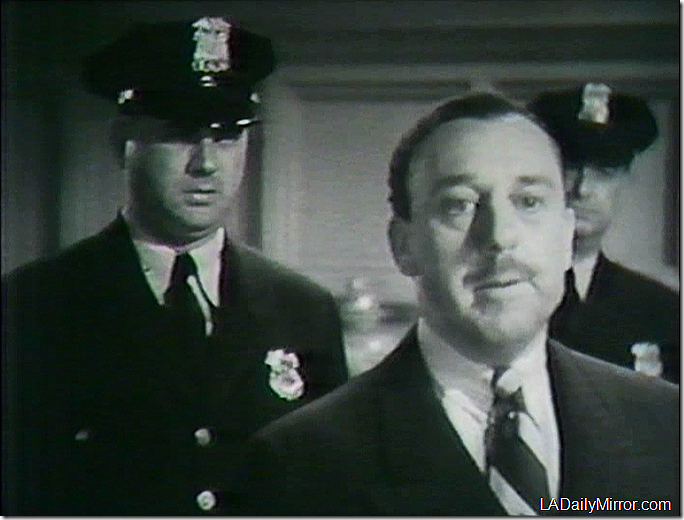
Confronted with the evidence, James confesses, Nora and Joe are free to get married, and we bring down the curtain on ….
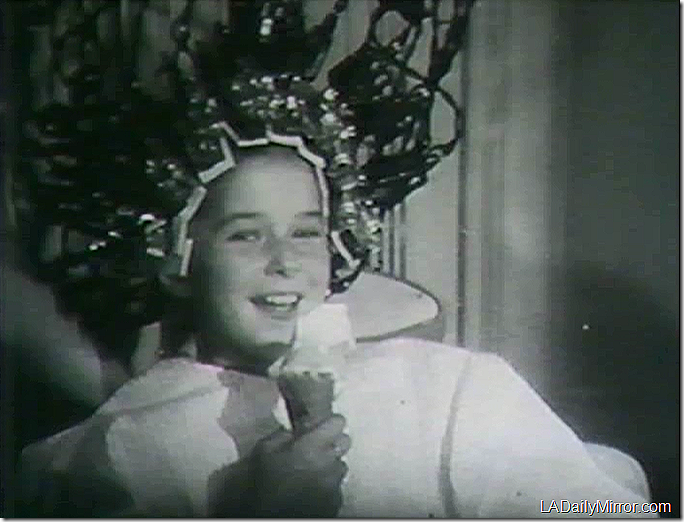
“Willie” (whom James somehow mistook for a boy) getting her hair styled and eating an ice cream cone.
To be continued.

